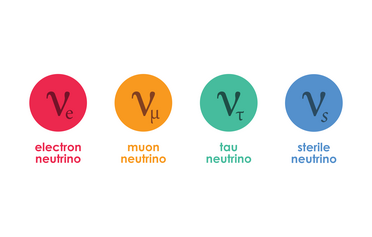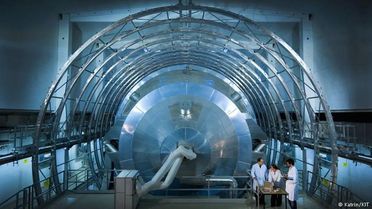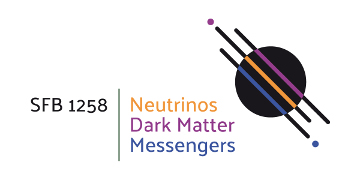N04 - Sterile neutrinos with beta decays and short-baseline oscillation experiments

Our current understanding of particle physics comprises three light neutrino mass eingestates ν1, ν2 and ν3 which mix and form the three flavor eigenstates νe, νμ and ντ. Unlike all other fermions in the Standard model, neutrinos appear only as left-handed particles and are missing a right-handed partner. A number of observations, however, suggest the existence of right-handed neutrinos. Since they are not subject to interactions with the fundamental forces of the Standard model, but only with gravitiy, they are called sterile neutrinos. The most striking motivation for the existence of right-handed neutrinos is that they provide a natural way to incorporate neutrino masses into the Standard model. The mass of sterile neutrinos is unknown: it could range from less than 1 eV to something like 1015 GeV. Project N04 focuses on the experimental hunt for light sterile neutrinos, which are motivated by experimental observations and a number of theoretical models.

There are long-standing observations in short-baseline neutrino oscillation experiments as well as solar neutrino experiments that might be resolved by the existence of a light sterile neutrino with mass of around 1 eV. More recent measurements, like the search for sterile neutrinos from IceCube, seem to disfavour these older results. The goal of N04 is to perform new direct measurements with the KATRIN and the SOX experiment. A sterile neutrino would leave a distinct signature in the tritium beta decay spectrum, measured by KATRIN, and it would manifest itself in an energy- and space-dependent oscillatory pattern in the count rate of anti-neutrinos from a 144Ce source, observed by SOX. By combining the data obtained with these complementary techniques, the parameter space of the aforementioned anomalies can be tested.
Mertens, Susanne
Schlüter, Lisa
Schwemmer, Alessandro


